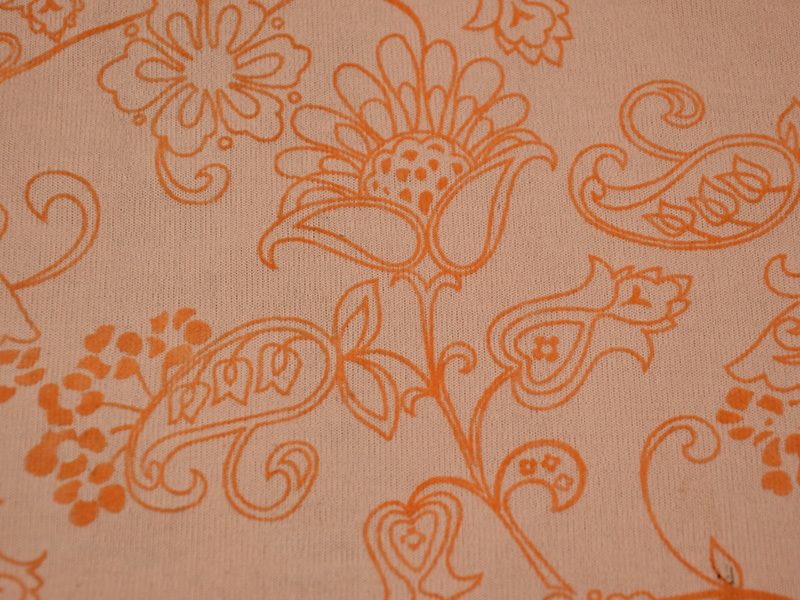In an era where industrial applications and consumer products demand enhanced durability and performance, the significance of high heat resistant fabrics cannot be overstated. These specialized materials are engineered to withstand extreme temperatures, making them indispensable in various sectors, including aerospace, automotive, manufacturing, and even fashion. This article delves into the intricacies of high heat resistant fabrics, exploring their properties, applications, and the science behind their performance.
Understanding High Heat Resistance
High heat resistant fabrics are designed to maintain their integrity and functionality when exposed to elevated temperatures. The ability of a fabric to resist heat is determined by several factors, including its fiber composition, weave structure, and any additional treatments it may undergo. Typically, these fabrics can endure temperatures ranging from 200°C (392°F) to over 1000°C (1832°F), depending on the specific material and application.
Key Types of High Heat Resistant Fabrics
- Aramid Fibers (e.g., Kevlar and Nomex)
Aramid fibers are renowned for their exceptional heat resistance and strength. Kevlar, commonly used in protective gear, can withstand temperatures up to 400°C (752°F) without melting. Nomex, on the other hand, is often utilized in firefighting gear and industrial applications due to its flame-resistant properties. Both fibers exhibit low thermal conductivity, making them ideal for environments where heat exposure is a concern. - Silicone Coated Fabrics
Silicone-coated fabrics are another popular choice for high heat applications. These fabrics are typically made from a base material like fiberglass or polyester, which is then coated with silicone. This combination allows them to withstand temperatures up to 300°C (572°F) while providing excellent flexibility and durability. They are commonly used in oven mitts, welding blankets, and industrial insulation. - Fiberglass Fabrics
Fiberglass fabrics are composed of woven glass fibers and are known for their high tensile strength and thermal stability. They can endure temperatures exceeding 1000°C (1832°F) and are often used in applications such as insulation for pipes, fireproof curtains, and heat shields. Their non-combustible nature makes them a preferred choice in environments where fire safety is paramount. - PBI (Polybenzimidazole) Fabrics
PBI fabrics are engineered for extreme heat resistance and are often used in firefighter suits and industrial protective clothing. They can withstand temperatures up to 600°C (1112°F) and provide excellent thermal protection while remaining lightweight and comfortable. PBI's unique molecular structure contributes to its ability to resist combustion and degradation.
Applications of High Heat Resistant Fabrics
The versatility of high heat resistant fabrics allows them to be utilized across various industries:
- Aerospace: In the aerospace sector, these fabrics are critical for thermal protection in aircraft components and astronaut suits, where exposure to extreme temperatures is a routine occurrence.
- Automotive: High heat resistant materials are employed in automotive applications, such as heat shields, gaskets, and protective clothing for workers in manufacturing plants.
- Manufacturing: Industries that involve welding, metalworking, and glass production rely on high heat resistant fabrics for protective gear and equipment covers to safeguard against heat-related hazards.
- Fashion: Interestingly, the fashion industry has also embraced high heat resistant fabrics, particularly in the creation of avant-garde designs that require unique materials capable of withstanding high temperatures during production processes.
Factors to Consider When Choosing High Heat Resistant Fabrics
When selecting a high heat resistant fabric for a specific application, several factors should be taken into account:
- Temperature Range: Understand the maximum temperature the fabric will be exposed to and select a material that can withstand those conditions.
- Mechanical Properties: Consider the strength, flexibility, and durability of the fabric, especially if it will be subjected to physical stress.
- Chemical Resistance: In environments where chemicals are present, ensure the fabric can resist degradation from exposure to various substances.
- Comfort and Breathability: For applications involving direct contact with skin, such as protective clothing, comfort and breathability are essential for user safety and satisfaction.
- Cost and Availability: Evaluate the budget and availability of the fabric, as some high heat resistant materials can be more expensive and less accessible than others.
Conclusion
High heat resistant fabrics play a crucial role in ensuring safety and performance across multiple industries. Understanding the different types of fabrics available, their properties, and their applications can empower professionals to make informed decisions tailored to their specific needs. As technology advances, the development of new materials will continue to enhance the capabilities of high heat resistant fabrics, paving the way for innovative solutions in an ever-evolving landscape. Whether you are in aerospace, automotive, manufacturing, or fashion, the right high heat resistant fabric can make all the difference in achieving optimal performance and safety.

